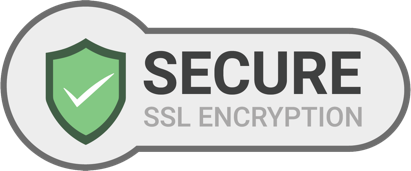Information about Lisinopril
Lisinopril is an angiotensin-converting enzyme (ACE) inhibitor. It is used primarily for managing high blood pressure (hypertension) and heart failure. By inhibiting the enzyme responsible for producing angiotensin II, a substance that constricts blood vessels, Lisinopril helps relax the blood vessels, reducing blood pressure and improving heart function. It also offers kidney protection, particularly in patients with high blood pressure or diabetes.
Product Highlights
- Lisinopril is prescribed to treat high blood pressure in adults and children, helping to reduce the risk of stroke, heart attack, and kidney problems.
- It is used in patients with heart failure to help reduce the workload on the heart, improve heart function, and reduce hospitalizations due to heart failure.
- Lisinopril is also used to improve survival in patients who have experienced a heart attack and have left ventricular dysfunction.
- In patients with diabetes or hypertension, Lisinopril can help protect kidney function and slow the progression of kidney disease.
Key Ingredient
Key Benefits
- Lisinopril helps lower blood pressure, reducing the risk of heart attack, stroke, kidney damage, and other complications associated with hypertension.
- In heart failure patients, Lisinopril reduces the strain on the heart, improving overall heart function and quality of life.
- Lisinopril helps protect the kidneys from damage caused by high blood pressure, especially in patients with diabetes.
- Lisinopril is typically taken once a day, which enhances patient adherence to the treatment regimen.
Direction of Use
- Lisinopril is usually taken once daily with or without food, as prescribed by a healthcare provider.
- The dosage will be based on the individual's medical condition and how they respond to the treatment. It may be adjusted over time.
- It’s important to take Lisinopril at the same time each day to help remember and maintain consistent blood pressure control.
- For high blood pressure, the initial dose for adults typically starts at 10 mg per day, and the dose may be adjusted based on blood pressure levels.
- For heart failure, a lower starting dose may be used and gradually increased based on tolerance.
Safety Concerns
- Lisinopril can cause a significant drop in blood pressure, especially after the first dose, so blood pressure should be monitored regularly.
- Lisinopril can affect kidney function, especially in patients with pre-existing kidney issues. Kidney function should be monitored regularly while on treatment.
- Lisinopril may increase potassium levels in the blood, which can be dangerous. Regular monitoring of potassium levels is recommended.
- A rare but serious side effect of Lisinopril is angioedema, a condition where swelling occurs in the face, lips, tongue, or throat, which can lead to difficulty breathing. Seek immediate medical help if any swelling occurs.
- A persistent dry cough is a well-known side effect of ACE inhibitors like lisinopril. If this becomes bothersome, discontinuation of the drug may be necessary.
- Lisinopril is contraindicated during pregnancy, especially in the second and third trimesters, as it can harm the fetus. It is important to avoid using Zestril during pregnancy and to consult a healthcare provider for alternative treatments.
Avoid Lisinopril If
- You are pregnant or planning to become pregnant, as it can harm the fetus.
- You have a history of angioedema (swelling of the face, lips, tongue, or throat) associated with the use of ACE inhibitors.
- You have severe kidney disease, or if you are on dialysis, as Lisinopril can worsen kidney function.
- You have low blood pressure (hypotension) or are dehydrated, as Zestril can cause a further drop in blood pressure.
- You have hyperkalemia (high potassium levels) or are taking potassium supplements or potassium-sparing diuretics.
- You have an allergy to lisinopril or any other ACE inhibitors.
- You are also taking aliskiren and have diabetes or kidney problems, as combining these medications can increase the risk of serious side effects.





